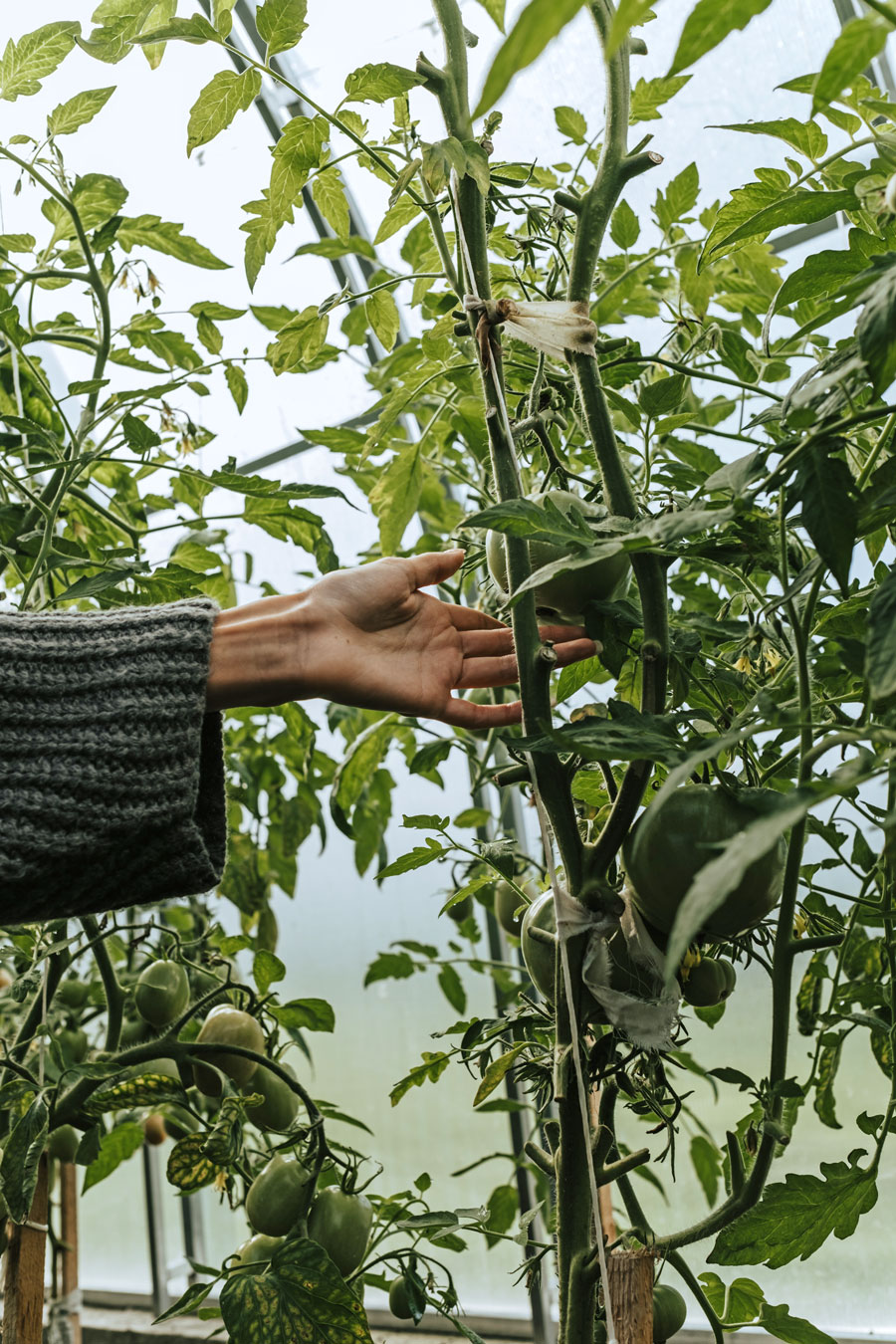WELLINGTON COUNTY – The love of gardening has been steadily growing in the last few years, and with the cultivation of plants comes pests – not just insects, but weeds and disease – oh my!
Many of us have sought out to learn more about managing these unwelcome guests in our beloved gardens, both indoors and outdoors.
So what is IPM? It’s an acronym for integrated pest management, a comprehensive method of combining several control methods to manage pests to a level found acceptable – of course, for some pests, that “action threshold” is zero tolerance. Some of these methods are:
– chemicals such as insecticides/herbicides/fungicides;
– mechanical: pulling out weeds, floating row covers;
– cultural: crop rotation, disease-resistant zucchini seeds; and
– biological: such as inviting ladybugs to aphid-infested seedlings.
For IPM to work, you must be consistent and correctly apply your methods, and always accurately identify the issue before attempting to control it.
If your plant has yellow spots on the leaves, they could be insect damage, it could be disease, it could be inconsistent watering – or even normal variegation.
Decide what level of pests you and your garden are willing or able to tolerate, and spend some time researching potential causes of botanical distress before reaching for the nearest scythe.
A potential IPM approach to fungus gnats in your tomato seedlings could be:
– have preventative steps in place for likely pests (fungus gnats eat fungus found in decaying organic matter such as soggy potting soil – so lots of light and air circulation as well as a layer of sand or vermiculite over the soil are good ideas);
– monitor for the pest (yellow sticky cards, a weekly visual check);
– assess and identify the pest if found (they are often mistaken for fruit flies);
– decide on your action threshold (one or two gnats okay – 20 per pot maybe not?);
– use the least risky methods to control the pests (yellow sticky cards to catch flying adults, repotting seedling into fresh, sterile potting mix) before resorting to harsher methods (chemicals, throwing the plants out); and
– record your work, continue monitoring, and take action accordingly.
The saying “an ounce of prevention is worth a pound of cure”’ is very relevant for IPM. Preventing the pest from becoming an issue is the very first step you should always take. It’s much easier to clean your boots off after a hike rather than spend years on expensive herbicides and diligent digging to remove the persistent Fallopia japonica (Japanese knotweed).
For your indoor plant collection – after good mechanical and cultural controls – there are several companies (Natural Insect Control and Koppert, to name a few) that provide teabag-like sachets of predator mites that hunt down two-spotted spider mite and fungus gnat larvae. For the squeamish – rest assured you will not see or hear the biologicals, they are quite stealthy and not interested in plants, pets, or humans – just other insects.
Remember that in our changing, globalized world, total eradication of garden pests is not always a realistic goal. Keep a healthy, balanced outlook of working with nature rather than against it.
– Written by Kiki Danninger, Guelph-Wellington Master Gardeners




